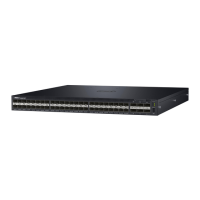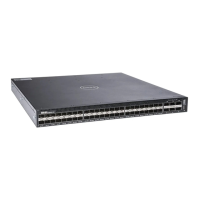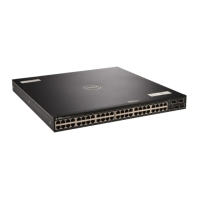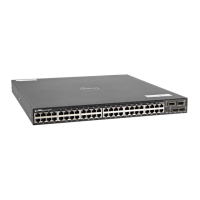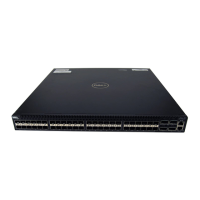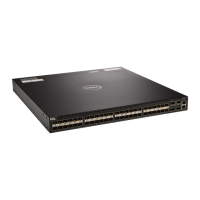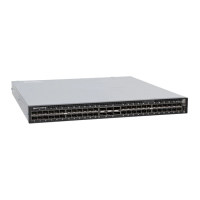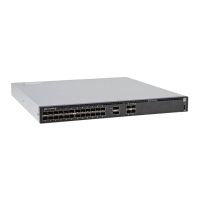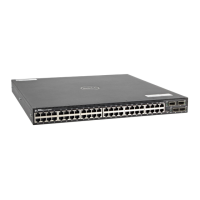• Enabling Proxy ARP (optional)
• Clearing ARP Cache (optional)
• ARP Learning via Gratuitous ARP
• ARP Learning via ARP Request
• Configuring ARP Retries
Configuring Static ARP Entries
ARP dynamically maps the MAC and IP addresses, and while most network host support dynamic mapping,
you can configure an ARP entry (called a static ARP) for the ARP cache.
To configure a static ARP entry, use the following command.
• Configure an IP address and MAC address mapping for an interface.
CONFIGURATION mode
arp vrf vrf-name ip-address mac-address interface
• vrf vrf-name: use the VRF option to configure a static ARP on that particular VRF.
• ip-address: IP address in dotted decimal format (A.B.C.D).
• mac-address: MAC address in nnnn.nnnn.nnnn format.
• interface: enter the interface type slot/port information. For 10G interfaces, enter the slot/port
information.
Example of the show arp Command
These entries do not age and can only be removed manually. To remove a static ARP entry, use the no arp
ip-address command.
To view the static entries in the ARP cache, use the show arp static command in EXEC privilege mode.
Dell#show arp
Protocol Address Age(min) Hardware Address Interface VLAN CPU
--------------------------------------------------------------------------------
Internet 10.1.2.4 17 08:00:20:b7:bd:32 Ma 1/1 - CP
Dell#
Enabling Proxy ARP
By default, Proxy ARP is enabled. To disable Proxy ARP, use the no proxy-arp command in the interface
mode.
To re-enable Proxy ARP, use the following command.
• Re-enable Proxy ARP.
INTERFACE mode
ip proxy-arp
IPv4 Routing 507
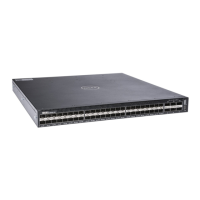
